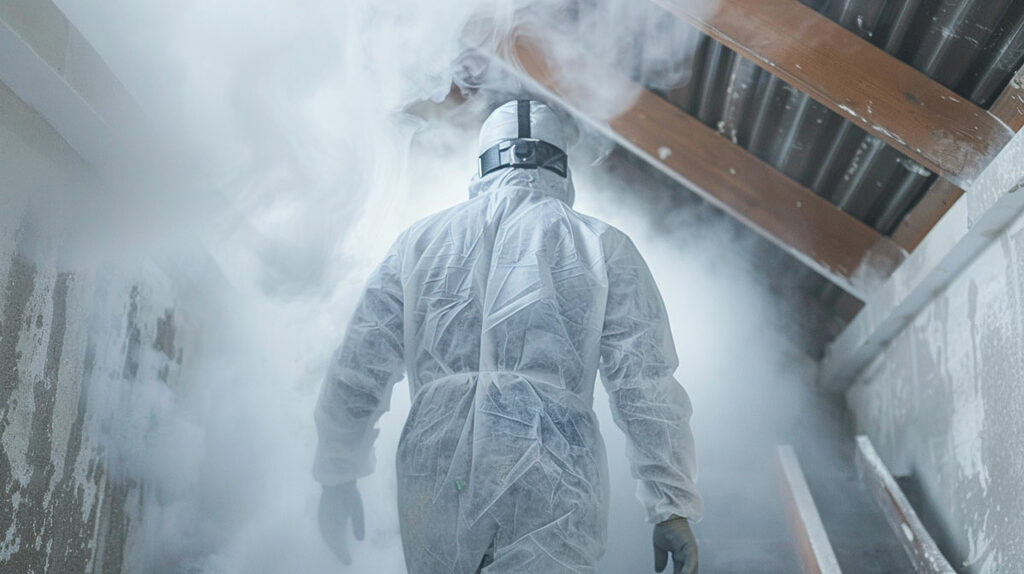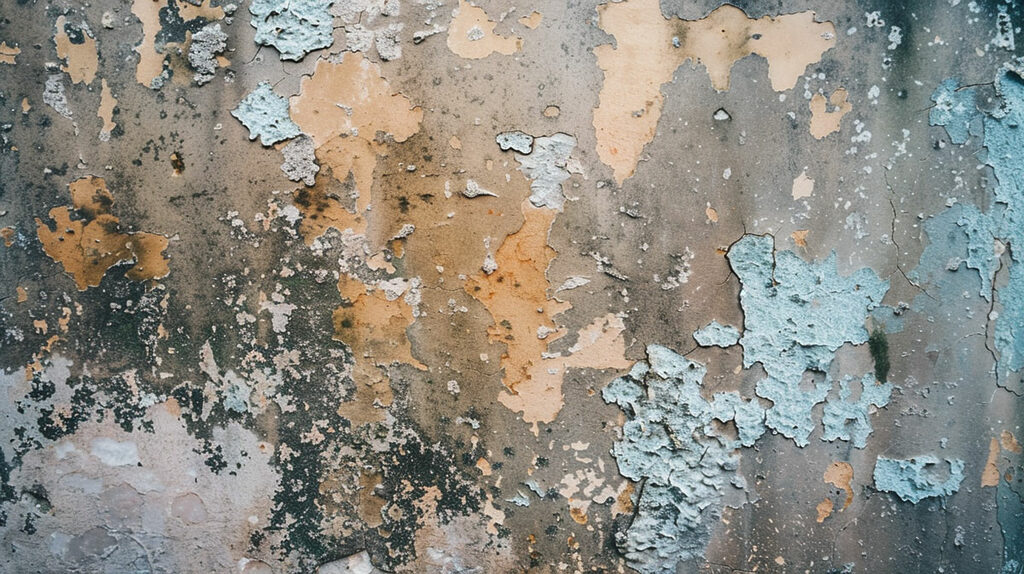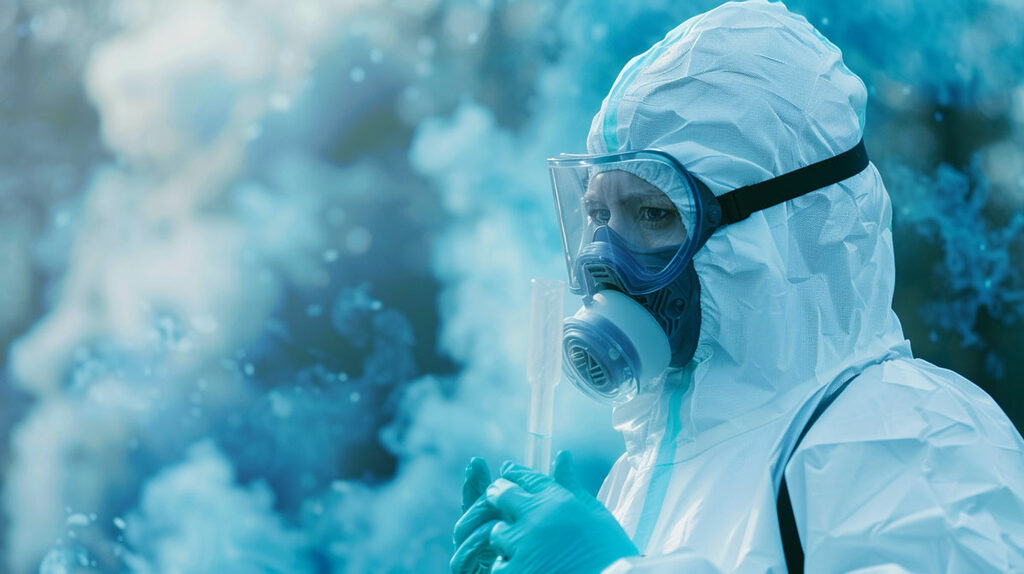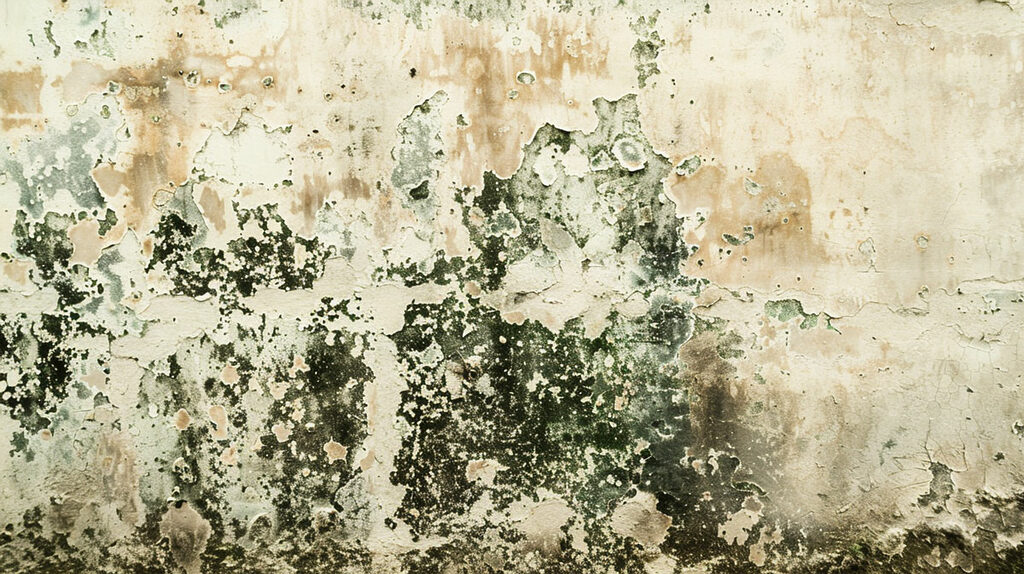Ever wondered how to keep your home safe from hidden mold? Air sampling for mold inspection is the key. This process helps detect unseen mold spores that can affect your health and home. With simple air tests, you can find out if mold is lurking in your space. It’s quick, easy, and essential for a healthy living environment. Discover the benefits of air sampling and ensure your home stays mold-free.
Understanding Air Sampling

What is Air Sampling
Air sampling is a method to collect air for analysis. It helps identify contaminants like mold spores.
Devices capture air samples for laboratory testing. These devices use filters or impaction methods.
Air sampling plays a role in environmental health and safety. It checks for harmful substances in the air.
Importance of Detecting Mold

High concentrations of mold can pose health risks. Mold can cause allergies, asthma, and other issues.
Detecting mold is necessary for effective cleanup. It helps maintain good air quality indoors.
Undetected mold can lead to property damage. Long-term exposure can also harm health.
When to Test for Mold
Testing for mold should happen during routine inspections. It is also important when mold presence is suspected.
Test after water damage or leaks. Musty odors are another sign to test for mold.
Regular testing in high-humidity areas is advised. This helps prevent mold growth.
Exploring the Sampling Process

Overview of Process
Air sampling for mold involves several steps. First, prepare the area by closing windows and doors. This helps to get an accurate sample. Next, choose the right time for sampling. The best time is during normal activity in the space.
Professional handling is crucial. Experts use special tools and follow strict protocols. They then send samples to a lab for analysis.
Collecting Air Samples
Specific devices like impactors and cassettes collect air samples. These devices trap mold spores from the air. The number and location of samples matter. More samples give a better picture of mold presence.
Following strict protocols avoids contamination. Professionals wear gloves and masks. They also clean equipment before use.
Analyzing Samples
Labs identify and count mold spores in samples. They use microscopes and other tools. There are two types of mold samples: viable and non-viable. Viable samples grow mold in a culture to identify species. Non-viable samples count all spores, even dead ones.
Lab results show mold levels and health risks. High levels mean more potential health issues.
Types of Mold Testing

Viable Testing
Viable mold testing is a method that grows mold spores to identify them. This type of testing helps find out the specific types of mold present.
The main advantage of viable testing is its accuracy. It can tell which molds are in the air. Culture plates are used in this process. They catch mold spores and help in identifying them.
Non-Viable Testing
Non-viable testing quickly checks mold spore counts in the air. It gives fast results and a broad analysis of the mold situation.
This method is useful for immediate assessments. However, it cannot identify specific mold species. This is a limitation compared to viable testing.
Ensuring Test Accuracy
Choosing Reliable Supplies
Using high-quality air sampling equipment is crucial. Accurate results depend on reliable tools. Poor-quality supplies can lead to wrong conclusions.
Consult with Environmental Health and Safety (EHS) professionals. They know which supplies are best. EHS experts can guide you to trusted brands.
Avoid substandard supplies at all costs. Cheap or faulty equipment might give false readings. This could cause unnecessary worry or missed problems.
Interpreting Results Correctly
Professional expertise is key in understanding mold test results. Experts know how to read and explain laboratory reports.
Laboratory reports show mold spore levels. Different levels mean different things. High levels of certain spores may indicate serious issues.
Action is needed based on the results. Remediation might be required if high mold levels are found. Further investigation could also be necessary.
Regulatory Standards
Testing Regulations
Regulatory guidelines govern mold testing in both homes and workplaces. These rules ensure the safety of occupants. Local, state, and federal regulations must be followed during mold inspections.
Certified professionals play a key role. They make sure that testing meets all legal requirements. This includes following specific procedures for air sampling. Compliance with these regulations is crucial to avoid penalties.
Health and Safety Compliance
Mold testing helps maintain a safe indoor environment. Regular air sampling can detect mold early. This helps buildings meet health and safety standards.
Addressing mold issues quickly is vital for health. Mold can cause allergies and respiratory problems. Protecting the health of occupants should be a priority. Regular testing ensures that the indoor air remains clean.
Final Remarks
Air sampling for mold inspection is crucial. It helps you detect hidden mold and ensure a healthy environment. By understanding the process and types of tests, you can make informed decisions. Accurate testing and adherence to standards are key.
Don’t wait! Schedule your free virtual mold inspection today. Protect your health and home by staying proactive. Got questions? Reach out to a professional. Your safety is worth it.
Frequently Asked Questions
What is air sampling for mold inspection?
Air sampling tests the air for mold spores. It helps identify hidden mold growth.
How does air sampling work?
A pump collects air samples on a filter. The filter is then analyzed in a lab.
What types of mold testing are available?
There are three main types: air sampling, surface sampling, and bulk testing.
Why is test accuracy important?
Accurate tests ensure reliable results. This helps in effective mold remediation.
Are there regulatory standards for mold testing?
Yes, agencies like the EPA provide guidelines to ensure proper testing methods, including mold sampling protocols and mold sampling products.
How can I ensure accurate mold test results?
Use certified professionals and follow established protocols. Ensure proper sample handling.
How often should I conduct air sampling for mold?
It depends on your situation. Typically, after water damage or if you suspect mold. For localized services, visit our mold inspection near me page for quick assistance.
